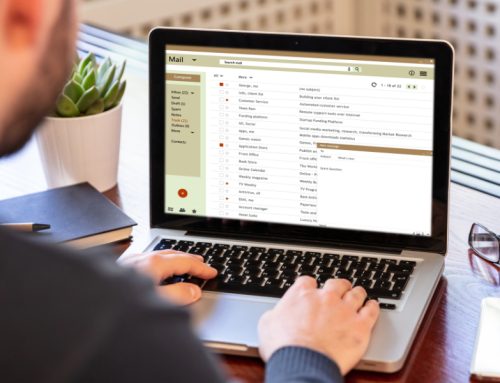If you spend any time on LinkedIn these days, I’m sure you’ve seen complaints.
Some people get a little jaded with the social network.
They get dating requests, posts about people’s personal lives, or political rants.
They threaten to leave the social network, or say they complain to LinkedIn customer service.
And, they claim to get a generic response, which means LinkedIn doesn’t really care.
Traffic to small-time publishers dropped around 44% in 2015.
Finally, company page posts get an average engagement of .054% each. That’s lower than Facebook (.073%) and Google+ (.069%), but greater than Twitter (.03%).
Plus, Microsoft bought LinkedIn for $26.2 billion in June.
So, Do All These Negative Signs Mean LinkedIn’s No Longer a Good Lead-Generation Channel?
In a word,”No.”
While LinkedIn makes it more difficult for you to win visibility, it still works as a lead generation channel.
Why?
Simple:
- You can almost totally qualify your lead before talking to them
- You have the information on your lead in the first place (still hard to get these days)
- You know that in all likelihood, your target customer will be on it
- Plenty of tactics are available that allow you to generate leads
How Do You Generate Leads On LinkedIn in 2016 and 2017?
It’s not as hard as you might think. However, your tactics do have to adjust as LinkedIn changes its algorithm.
For example, you can’t rely on publishing directly from your profile anymore. Have you ever noticed how, when you go to your home feed, you’ll often notice a video? Sometimes, it’s a picture.
This indicates LinkedIn may be giving preference to these diverse forms of media over posts.
You’ll still receive notice of new posts in the flag-shaped “Notifications” icon. But, they still may not get shown to users as frequently as in the past.
Today, you can still get leads by:
- Frequently visiting the profiles of your target market. But, the problem here is you have to do this on quite a massive scale for it to work.
- Reaching out with targeted InMails. You get a handful of them for free. Some users also have profiles that allow you to send them free InMails. But, the caveat is you must have a good message because these users get so many.
- Sending connection requests to your target market, which you again have to do on a large scale to earn leads. And again, you must use the right messaging to make it work.
It’s a reasonably scientific process to consistently generate leads on LinkedIn. As of right now, and for the foreseeable future, it works.
So will LinkedIn continue to be a good source of leads now and throughout 2017?
I think so.
You just have to make sure you use the right tactics and messaging.






Leave A Comment